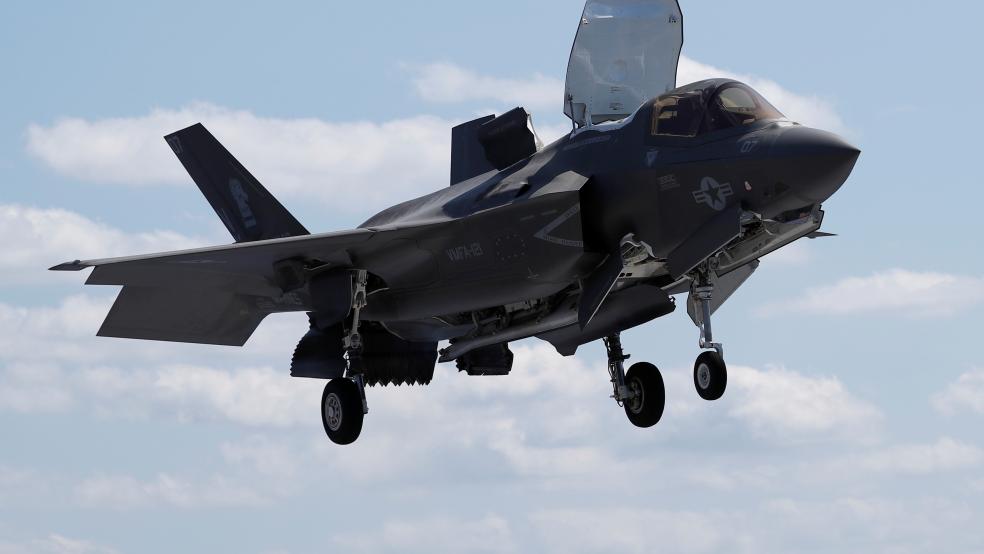The Senate Armed Services Committee on Monday filed its version of the 2023 National Defense Authorization Act, which would provide $847 billion for defense in the coming fiscal year. A separate bill would authorize an additional $11 billion for national defense activities at various federal agencies, bringing the Senate’s defense funding total to nearly $858 billion — several billion more than the $851 billion the House has proposed to spend.
The Senate bill provides about $45 billion more for defense than was requested by the White House, with some of the money dedicated to offsetting the cost of inflation. According to data released this week, the cost of that inflation offset in the Senate bill would be $13 billion.
The Senate NDAA filing includes funding tables that break down the “inflation effects” for each branch of the military. The Navy and Marines would receive $2 billion to cover the erosion of their funding due to inflation, for example, while the Air Force would receive an extra $1 billion, Roll Call’s John M. Donnelly reports.
“With the Chinese Communist Party accelerating the already historic modernization of its military, Russia continuing to destabilize security in Europe, and record-high inflation jeopardizing our buying power, Congress must do everything we can to give our military every advantage on the battlefield,” Sen. Jim Inhofe (OK), the top Republican on the committee, said in a statement. “To start, that means adequate investment — which is why Chairman Reed and I led the charge to increase the defense budget by $45 billion, to make sure our troops have the tools, capabilities, training, pay and resources needed to defend this country,” he added, referring to Sen. Jack Reed (D-RI), the committee chair.
The bill has been named for Inhofe, who is retiring.
More F-35s coming: Separately, the Pentagon and Lockheed Martin announced that they have a “handshake agreement” on the purchase of the next block of F-35 stealth jets, in an order totaling 375 aircraft, at a cost of roughly $30 billion.
The per unit cost has yet to be determined. The first F-35A — the most common variant, which takes off from regular airfields — cost $211 million, but the unit cost has fallen to $79 million in the most recent order as production volumes picked up. After a year of high inflation throughout the economy, however, that downward price trend could be in jeopardy.
“I think it’s likely that we’ll see costs rise on a tail by tail basis,” Lt. Gen. Eric Fick, who manages the F-35 program at the Pentagon, said earlier this year.




